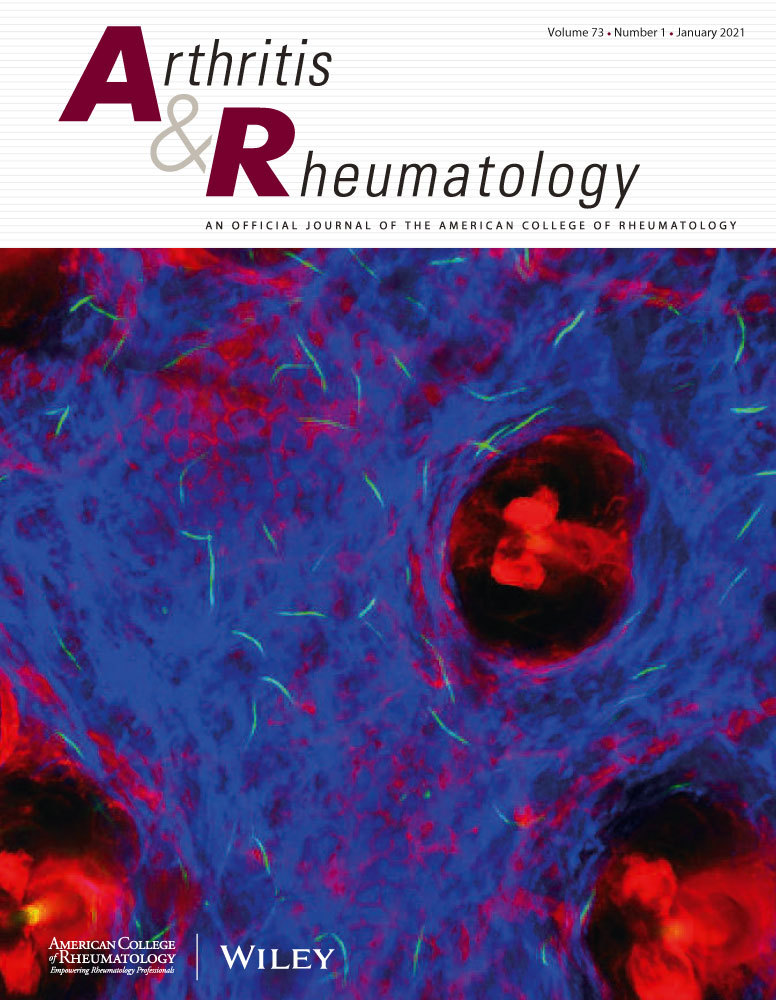Global burden of osteoarthritis attributable to high body mass index, 1990-2021: insights from the Global Burden of Disease study 2021.
IF 11.4
1区 医学
Q1 RHEUMATOLOGY
引用次数: 0
Abstract
OBJECTIVE This study quantifies the global burden of osteoarthritis (OA) attributable to high body mass index (BMI) from 1990 to 2021 using the Global Burden of Disease (GBD) 2021 data. METHODS Utilizing GBD 2021 data, this research examines the OA burden related to high BMI across 204 countries and regions. Statistical analyses were performed to profile disease burdens, and joinpoint regression was used to identify temporal trends. The study also investigated the relationship between the Socio-demographic Index (SDI) and OA burden attributable to high BMI. RESULTS From 1990 to 2021, years lived with disability (YLDs) due to OA attributable to high BMI increased threefold globally, from 1,449,681 to 4,422,954. The age-standardized YLD rates of OA attributable to high BMI increased from 33.97 (95% UI: -3.14, 102.31) to 50.59 (95% UI: -4.81, 141.35) per 100,000 population, with an average annual percentage change of 1.11 (95% CI: 1.07, 1.14). The burden of OA YLDs attributable to high BMI was higher in females than males across all age groups. The age-standardized rates of OA YLDs attributable to high BMI were positively correlated with SDI levels, with higher burdens observed in regions with higher SDI. CONCLUSION Between 1990 and 2021, the global burden of OA attributable to high BMI increased markedly, with a consistent upward trend across most regions. The burden was more pronounced among females, middle-aged and older adults, and populations in high SDI regions, reflecting a growing and uneven global health challenge.高体重指数导致的全球骨关节炎负担,1990-2021:来自2021年全球疾病负担研究的见解
目的:本研究使用全球疾病负担(GBD) 2021数据,量化1990年至2021年由高体重指数(BMI)引起的全球骨关节炎(OA)负担。方法利用GBD 2021数据,研究了204个国家和地区与高BMI相关的OA负担。对疾病负担进行统计分析,并使用关节点回归来确定时间趋势。该研究还调查了社会人口指数(SDI)与高BMI导致的OA负担之间的关系。从1990年到2021年,全球因高BMI导致的OA导致的残疾年(YLDs)增加了三倍,从1,449,681增加到4,422,954。高BMI导致的OA年龄标准化YLD率从每10万人33.97 (95% UI: -3.14, 102.31)上升至50.59 (95% UI: -4.81, 141.35),年均变化1.11 (95% CI: 1.07, 1.14)。在所有年龄组中,由高BMI引起的OA YLDs负担在女性中均高于男性。高BMI导致的OA YLDs的年龄标准化率与SDI水平呈正相关,SDI高的地区负担更高。结论1990 - 2021年间,全球高BMI导致的OA负担显著增加,且在大多数地区呈持续上升趋势。这一负担在女性、中年和老年人以及高SDI地区的人口中更为明显,反映出全球卫生挑战日益严峻且不均衡。
本文章由计算机程序翻译,如有差异,请以英文原文为准。
求助全文
约1分钟内获得全文
求助全文
来源期刊

Arthritis & Rheumatology
RHEUMATOLOGY-
CiteScore
20.90
自引率
3.00%
发文量
371
期刊介绍:
Arthritis & Rheumatology is the official journal of the American College of Rheumatology and focuses on the natural history, pathophysiology, treatment, and outcome of rheumatic diseases. It is a peer-reviewed publication that aims to provide the highest quality basic and clinical research in this field. The journal covers a wide range of investigative areas and also includes review articles, editorials, and educational material for researchers and clinicians. Being recognized as a leading research journal in rheumatology, Arthritis & Rheumatology serves the global community of rheumatology investigators and clinicians.
 求助内容:
求助内容: 应助结果提醒方式:
应助结果提醒方式:


